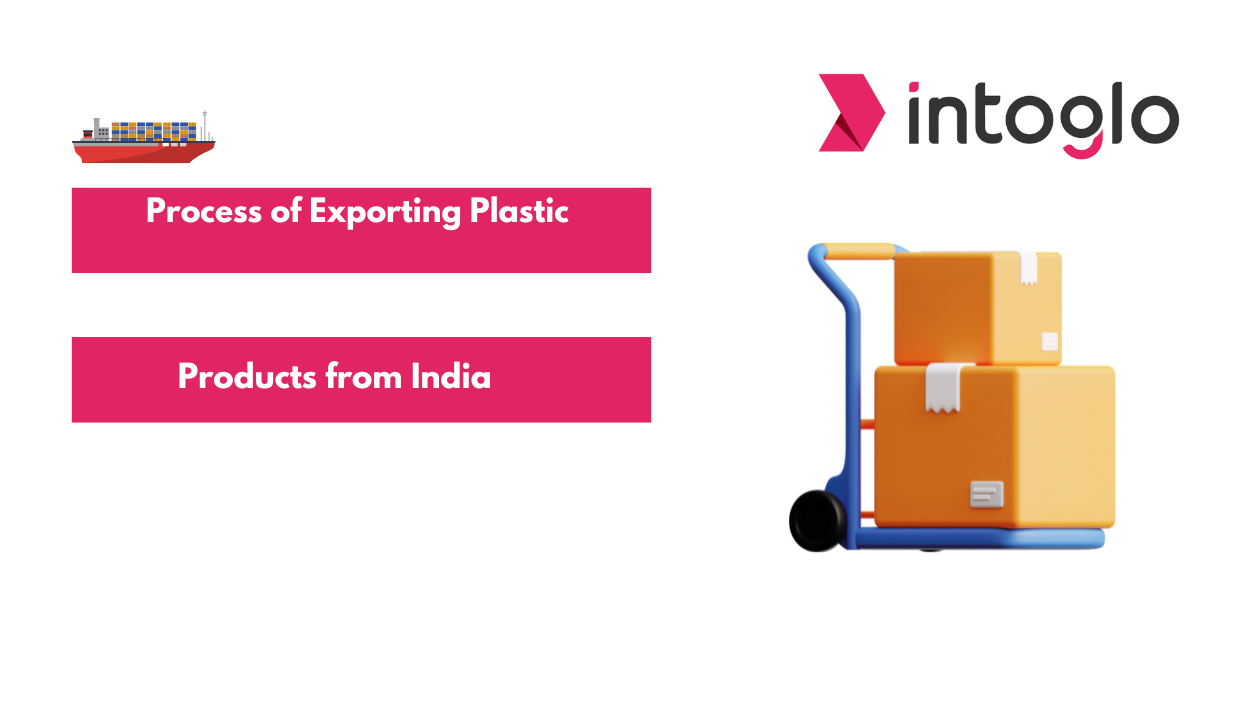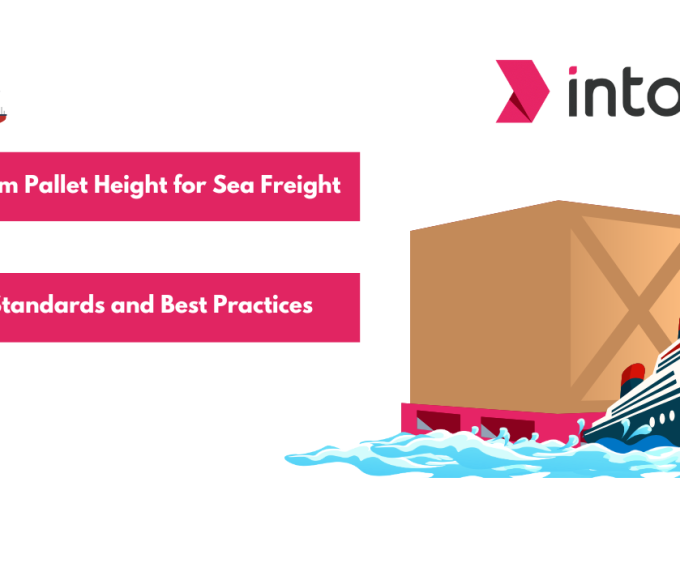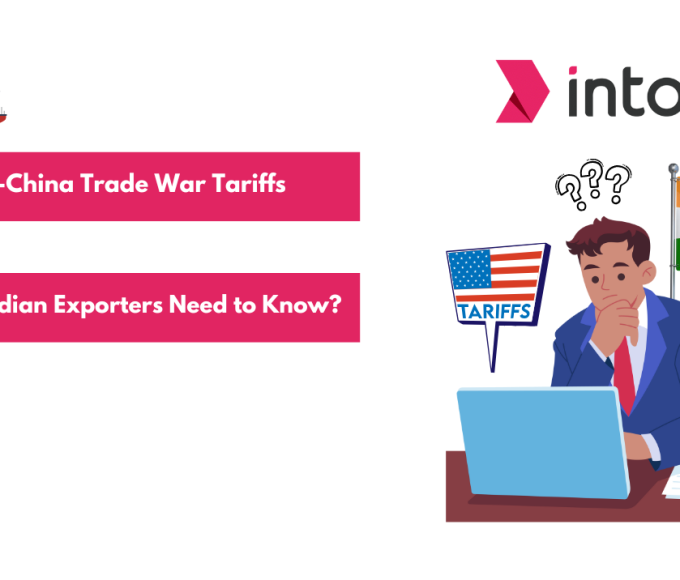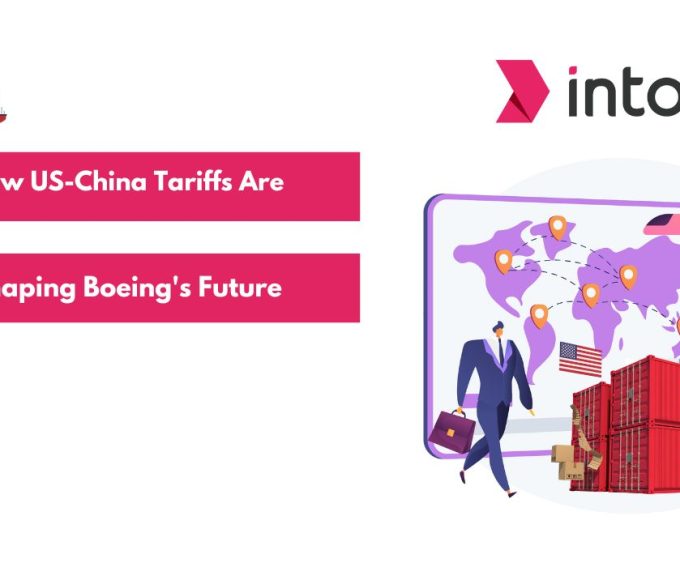India’s plastic products industry has witnessed remarkable growth, emerging as a global manufacturing hub with cutting-edge technology, skilled labor, and competitive pricing. The country produces approximately 20 million metric tonnes of plastic. From household goods to industrial components, Indian plastic products are in high demand worldwide—especially in the USA. With rising exports, the government’s initiatives like Make in India and PLI (Production-Linked Incentive) schemes have further fueled the sector’s expansion.
If you’re an exporter looking to tap into this booming market, understanding the export process is crucial. This article walks you through the current market size of plastic products, market opportunities, and how to export plastic products from India, covering key steps, documentation, and compliance requirements.
Let’s get started by looking at the current market size and growth projections.
Analyzing Export Figures and Market Potential
With a strong foothold in exports, especially to the USA, the industry is poised to leverage its potential and expand its market share.
This section provides insights into the current market performance, historical trends, future projections, and the role of research and development in shaping the industry’s future.
Current Market Growth
- Current export values stand at $12 billion, showcasing consistent performance despite global economic challenges.
- The current global market share within the $1.3 trillion plastics industry is just 1.1%, highlighting significant growth potential.
Past Market Dynamics
- Total exports to the USA in fiscal year 2022-2023 were approximately $2.31 billion, reflecting a slight 4.71% decline from the previous year.
- Competitive pricing, advanced technology, and growing export capabilities have supported sustained growth over the years.
- Indian plastic industry exports to the USA increased 58% year over year from March 2023 to February 2024, totaling 14,524 shipments.
- In February 2024 alone, 1,044 shipments were recorded, marking a 3% increase compared to February 2023.
Future Market Potential
- The Indian plastic industry is projected to reach $52.72 billion by 2029, with a CAGR of over 6.5%.
- By 2030, the market could generate approximately $53.48 billion in revenue, growing at a CAGR of 5.2%.
- The global plastic market is expected to reach $738 billion by 2030, with India contributing significantly due to rising infrastructure and packaging demands.
- India targets $25 billion in exports by 2027.
Encouragement and Potential for Investment in R&D
- Investments in R&D can help Indian exporters innovate in sustainable materials, biodegradable plastics, and advanced manufacturing technologies.
- Enhanced R&D efforts will address environmental concerns and regulatory requirements, enabling access to premium markets.
- Government initiatives and growing demand for eco-friendly products present strong incentives for investing in R&D.
- R&D investments can improve product quality and ensure long-term profitability for exporters.
Range of Products Manufactured and Shipped
India manufactures and exports a diverse range of plastic products to meet the requirements of various industries in the USA. This range includes everyday consumer items, industrial goods, and specialized components. Here’s an overview of the key product categories commonly manufactured and shipped:
1. Consumer Goods
- Household Items: Plastic storage containers, kitchenware, and cleaning products.
- Packaging Materials: Bottles, jars, caps, and food-grade plastic wraps.
- Furniture: Lightweight and durable chairs, tables, and other home essentials.
2. Industrial Products
- Construction Materials: PVC pipes, fittings, and sheets used in plumbing and infrastructure.
- Automotive Components: Plastic parts like bumpers, dashboards, and interior fittings.
- Electrical Goods: Insulation materials, cable conduits, and switchgear components.
3. Specialized Products
- Medical Supplies: Syringes, vials, and other disposable plastic medical equipment.
- Agricultural Products: Irrigation systems, greenhouse films, and seed trays.
- Engineering Plastics: High-performance components for electronics and machinery.
4. Eco-friendly Alternatives
- Biodegradable plastics and recycled plastic products are gaining traction due to increased environmental consciousness in the U.S. market.
When exporting a wide range of plastic products from India to the USA, rely on Intoglo for hassle-free logistics and shipping solutions tailored to your needs. Intoglo specializes in India to USA door-to-door FCL shipments, ensuring your products reach their destination efficiently and on time. We have the expertise to handle it all with seamless customs clearance and reliable delivery across the USA.
Key Features of Intoglo:
- Round the Clock Support: Intoglo team operates 24 x 7 providing support at every step of your shipment.
- Comprehensive Door-to-Door Services: Intoglo provides hassle-free logistics solutions, from picking up from your door to origin pickup, customs clearance, ocean freight, and last-mile delivery.
- No Middlemen: Intoglo does not work with agents, as additional layers often cause delays and extra charges in cross-border shipments.
- Global Reach: Contracts with major shipping lines and delivery to 41,000+ zip codes in the USA.
- Experience Across Industries: Expertise in shipping diverse products like automotive parts, food items, and beauty products.
Choose Intoglo to simplify your export operations and ensure your products reach the U.S. market with unmatched reliability and efficiency.
Legal Requirements to Begin Export
Exporting plastic products from India involves adhering to various legal requirements and procedural steps to ensure compliance with Indian and U.S. regulations. Here’s a breakdown of the key legal and documentation requirements to get started:
1. Registering as an Exporter
- Import Export Code (IEC): Obtain an IEC from the Directorate General of Foreign Trade (DGFT). This is a mandatory license for all exporters in India.
- GST Registration: For smooth tax processing, ensure your business is registered under the Goods and Services Tax (GST) framework.
- Export Promotion Council Membership: Join relevant councils, such as the Plastics Export Promotion Council (PLEXCONCIL), for support, market intelligence, and incentives.
2. Product Compliance
- BIS Certification: Ensure that your products meet Indian and international quality standards issued by the Bureau of Indian Standards (BIS).
- U.S. Standards and Regulations: Familiarize yourself with U.S. regulations, such as FDA compliance for food-grade plastics and environmental laws like the Toxic Substances Control Act (TSCA).
3. Export Documentation
- Commercial Documents: Include the invoice, packing list, bill of lading (B/L), and certificate of origin.
- Regulatory Documents: Obtain a customs clearance certificate and file the shipping bill through the Indian Customs Electronic Data Interchange (EDI) system.
- Special Certifications: If applicable, secure additional certifications such as REACH compliance for specific chemicals in plastics.
4. Customs and Tariff Considerations
- Understand the Harmonized System (HS) code classification for your products to determine applicable tariffs and duties in the U.S.
- Stay updated on any trade agreements between India and the U.S. that might offer preferential tariff rates.
5. Sustainability and Recycling Regulations
- As environmental concerns rise, both India and the U.S. require exporters to disclose recycling practices and comply with restrictions on single-use plastics or harmful chemicals.
Adhering to these legal requirements ensures a smooth start to your export journey, builds trust with U.S. buyers, and enhances your market reputation and growth potential.
Leveraging Technology and Government Policies
Leveraging technology and government policies can significantly enhance the efficiency and competitiveness of India’s plastic export industry. Here’s how:
Use of Technology to Enhance Production and Export Efficiency
- Advanced Manufacturing Techniques: Implementing automation and precision molding technologies can improve product quality and reduce production time.
- Recycling Innovations: As per the Department of Science and Technology, adopting cutting-edge recycling methods, such as converting plastic waste into hydrocarbon oil, contributes to sustainability and meets global environmental standards.
- Digital Platforms: Utilizing e-commerce and digital marketing platforms expands market reach, while supply chain management software optimizes logistics and reduces delays.
Overview of Government Policies Supporting Export Businesses
1. Plastic Park Scheme:
- The Indian government offers grant funding of up to 50% of the project cost, with a maximum limit of ₹40 crore per project, to support infrastructure development and encourage investment in the plastics industry.
- Extended Producer Responsibility (EPR): Policies under EPR encourage sustainable practices, making Indian plastic products more attractive in markets with stringent environmental regulations.
- Export Incentive Schemes: Programs like the Merchandise Export from India Scheme (MEIS) offer financial incentives to exporters, enhancing the global competitiveness of Indian plastic products.
2. Opportunities and Incentives Available for Exporters
- Fiscal Incentives: Proposed capital subsidies of up to 50% on eligible investments over five years aim to encourage the development of bioplastics manufacturing and infrastructure.
- Tax Benefits: Recommendations to reduce GST rates on bioplastic products to 12% are intended to make them more economically viable and competitive.
- Research and Development Support: Government-backed support for R&D facilitates technological innovation, enabling exporters to meet evolving global standards and consumer preferences.
By integrating advanced technologies and leveraging supportive government policies, Indian plastic exporters can enhance production efficiency, comply with international standards, and capitalize on emerging opportunities in the global market.
Optimizing Operations for Export
Efficient operations are essential for successfully exporting plastic products. This involves streamlined logistics, stringent quality control, and compliance with international standards.
Overview of Logistics and Shipping Processes
- Supply Chain Planning:
- Coordinate with suppliers for raw materials to avoid delays.
- Maintain inventory management systems to ensure smooth production flow.
- Shipping and Freight Management:
- Choose the correct mode of transport based on product type, volume, and delivery timeline.
- Work with freight forwarders to navigate customs regulations and secure competitive shipping rates.
- Documentation:
- Prepare essential export documents such as the Bill of Lading, Shipping Bill, Commercial Invoice, and Certificate of Origin.
- Use digital platforms to manage shipping schedules and track cargo in real-time.
- Warehousing:
- Optimize storage solutions near ports to reduce transit times and costs.
Quality Control Measures Specific to Plastic Products
- Material Testing:
- Conduct tensile strength, flexibility, and thermal resistance tests to ensure durability and compliance with buyer requirements.
- Use advanced spectrometers to detect impurities or contaminants in plastics.
- Packaging Standards:
- Employ high-quality, export-grade packaging to prevent damage during transit.
- Ensure packaging complies with U.S. guidelines for safety and environmental impact.
- Third-party Inspections:
- Partner with certified inspection agencies to verify product quality and adherence to international standards.
- Sustainability Checks:
- Implement practices to minimize environmental harm, such as using recycled materials or reducing single-use plastic content.
Understanding and Complying with International Standards
- U.S. Regulatory Requirements:
- Ensure food-grade plastics comply with FDA regulations.
- Abide by environmental laws, such as restrictions on certain chemicals under the Toxic Substances Control Act (TSCA).
- Global Certifications:
- Obtain certifications like ISO 9001 for quality management, ISO 14001 for environmental practices, and REACH compliance for chemical safety.
- Labeling and Marking:
- Follow guidelines for proper labeling, including material codes, recycling symbols, and usage instructions.
- Customs and Trade Compliance:
- Stay updated on tariff classifications, free trade agreements, and any anti-dumping regulations applicable to plastic products.
By optimizing logistics, ensuring stringent quality control, and adhering to international standards, Indian exporters can enhance their operations, reduce costs, and build excellence in the global market.
Conclusion
Exporting plastic products from India to the USA is a dynamic and rewarding venture bolstered by India’s robust manufacturing capabilities and growing global demand for innovative and eco-friendly plastics. With positive growth trends and the adoption of advanced manufacturing technologies, Indian exporters are well-positioned to thrive in international markets.
Supportive government policies, such as export incentives and infrastructure development schemes, further enhance the prospects for growth, making it an exciting time to expand your business globally.
As you navigate this process, having a reliable logistics partner is crucial. Intoglo offers a comprehensive, one-stop solution for seamless transport and customs clearance, ensuring your shipments reach the USA efficiently and hassle-free. With a vast network of 50+ warehouses across the USA, cutting-edge shipment visibility through Glotrack, and expert compliance pre-screening, Intoglo simplifies every step of your export journey. Choose Intoglo to optimize your shipping experience and focus on growing your export business with confidence.
In addition, we also provide an AI-powered HTS code scanner that helps you quickly identify the correct HS codes for your products, ensuring accurate customs documentation.
Contact Intoglo for a hassle-free shopping experience from India to the USA.









Leave a comment